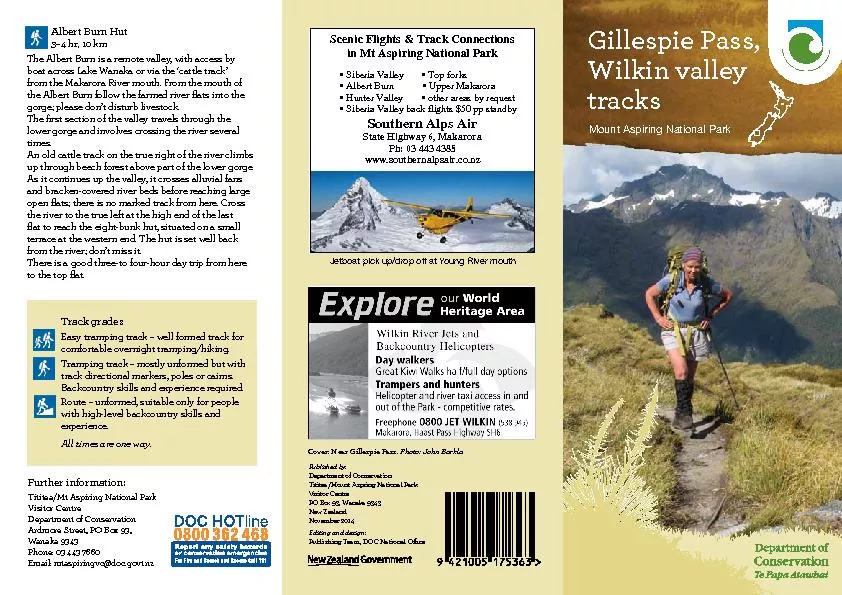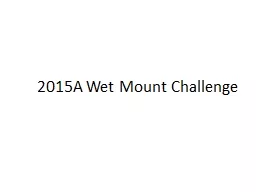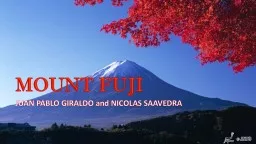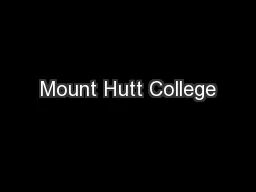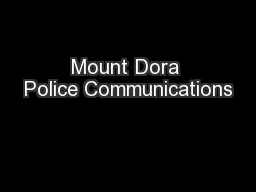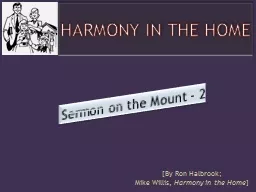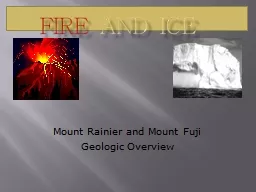PDF-Published by:Department of ConservationTititea/Mount Aspring National
Author : calandra-battersby | Published Date : 2016-08-15
Further informationTititeaMt Aspiring National Park Visitor CentreDepartment of ConservationArdmore Street PO Box 93 Wanaka 9343Phone 03 443 7660Email mtaspiringvcdocgovtnzCover
Presentation Embed Code
Download Presentation
Download Presentation The PPT/PDF document "Published by:Department of ConservationT..." is the property of its rightful owner. Permission is granted to download and print the materials on this website for personal, non-commercial use only, and to display it on your personal computer provided you do not modify the materials and that you retain all copyright notices contained in the materials. By downloading content from our website, you accept the terms of this agreement.
Published by:Department of ConservationTititea/Mount Aspring National: Transcript
Download Rules Of Document
"Published by:Department of ConservationTititea/Mount Aspring National"The content belongs to its owner. You may download and print it for personal use, without modification, and keep all copyright notices. By downloading, you agree to these terms.
Related Documents

